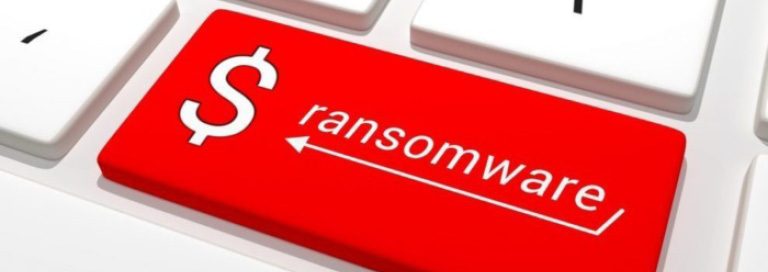The news about the impact of ransomware on small to midsize businesses is grim to say the least. Datto’s third annual Global State of the Channel Ransomware Report found that smaller companies are victimized more by ransomware than any other form of cyberattack. The average revenue losses due to downtime ($46,800) are more than ten times the average ransom demand ($4,300).
More than half (55 percent) of managed service providers said their clients experienced a ransomware attack in the first half of 2018, while 35 percent said their clients were attacked more than once in the same day. Traditional defenses were ineffective as 85 percent of reported victims had antivirus software installed, and 65 percent were using email/spam filters.
The report also found that the number of ransomware attacks involving Apple operating systems (macOS and iOS) increased by five times from the prior year. For example, the macOS High Sierra bug of 2017 made it possible for anyone to access a device and its administrative control without a password. A year earlier, KeRanger ransomware began attacking Macs after attacking Windows devices for years, using code written specifically to target and encrypt files on OS X systems.
Historically, Apple devices have been very secure, but the increase in threats in recent years has coincided with increased usage of Apple devices in the workplace. According to a 2017 survey from Jamf, 91 percent of businesses use Macs and 99 percent use iOS devices – iPhone, iPad or both.
Increased penetration in the workplace is being driven in large part by user preference for Apple devices. A second study conducted by Jamf in 2018 found that about half of organizations allow employees to choose the type of computers (52 percent) and mobile devices (49 percent) they use at work. Employees are overwhelmingly choosing Mac over PC (72 percent vs. 28 percent) and iPhone or iPad over Google Android devices (75 percent vs. 25 percent).
The problem is, many IT teams don’t have the expertise to effectively manage, support and secure Apple devices. In many organizations, IT processes and skill sets are focused on Windows PCs. Adding Apple devices can introduce a layer of complexity that IT is unable to handle. If IT can’t manage whatever devices employees choose to use, productivity suffers, business outcomes suffer, and risk increases.
This is particularly true when it comes to data protection. Regular data backups create a critical last line of defense against ransomware. If backup processes don’t support Apple devices, users may suffer data loss and extended downtime in a ransomware attack.
According to the Datto survey referenced earlier, 90 percent of managed service providers said clients that use business continuity and disaster recovery technology fully recover from a ransomware attack within 24 hours. Managed services from Verteks can ensure that all devices in your environment, regardless of operating system, are kept up-to-date and secure, and that all data and applications are reliably backed up just in case you fall victim to a ransomware attack.
Verteks also offers all-inclusive, all-you-can-use, flat-rate IT services to make budgeting more predictable. Let us show you how managed services can help you integrate the Apple devices your employees love into your environment and protect those devices from ransomware and other threats.




